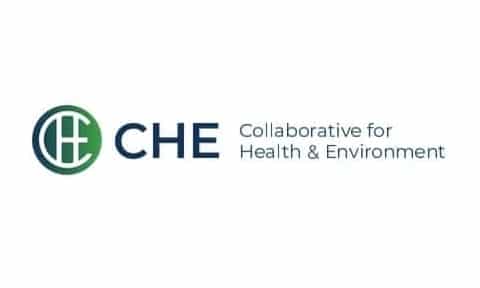How can Creating a Healing Environment help you? What the research says
Many types of exposures can affect your body terrainthe internal conditions of your body, including nutritional status, fitness, blood sugar balance, hormone balance, inflammation and more, your experience of side effects and symptoms, and your cancer risk. Some exposures are helpful, but others may be harmful. We summarize the evidence of exposures with the strongest evidence and also those that are common exposures.
Also see Cancer-linked Chemicals and Environmental Toxins: A Reference Table and find general guidelines on Creating a Healing Environment.
On this page
Exposures to nature
Exposures to nature can take several forms. While full immersion in a natural setting such as a forest is ideal, some benefits are found with exposure only to visual aspects of nature from indoors or to nature-based sounds.
Details of the research are listed in Time in Nature or Forest Bathing. Here we present only the summaries of the evidence.
Optimizing your body terrain
Preliminary evidencesignificant effects in small or poorly designed clinical studies OR conflicting results in adequate studies but a preponderance of evidence of an effect (this is the CancerChoices definition; other researchers and studies may define this differently) of higher immune activation among adults and/or children with greater exposure to natural environments
Preliminary evidence of less inflammation among people ranging from healthy young adults to elderly adults with chronic obstructive pulmonary disease (COPD) or hypertension participating in forest bathing
Preliminary evidence of health-promoting changes in skin and gut microbiota among urban daycare children with greater exposure to nature
Managing side effects and promoting wellness
Preliminary evidence of less anxiety among people with cancer in an educational facility with outlooks on natural scenery
Preliminary evidence of better wellness and spiritual sense among people spending time in nature or listening to nature sounds
Weak evidenceone or more case studies, supported by animal evidence OR small treatment effects of limited clinical significance OR studies with no controls OR weak trends of effects (this is the CancerChoices definition; other researchers and studies may define this differently) of better sleep efficiency and sleep time among people with gastrointestinal tract cancer participating in forest therapy
Modest evidencesignificant effects in at least three small but well-designed randomized controlled trials (RCTs), or one or more well-designed, mid-sized clinical studies of reasonably good quality (RCTs or observational studies), or several small studies aggregated into a meta-analysis (this is the CancerChoices definition; other researchers and studies may define this differently) of benefit not specific to people with cancer
- Modest evidence of lower anxiety among people participating in forest bathing or spending time in a forest
- Modest evidence of less anxiety and agitation among people without cancer in critical care listening to recordings of nature-based sounds
- Modest evidence of lower blood pressure or heart rate among people with more exposure to nature
- Modest evidence of better cognitive performance among people listening to nature-based sounds
- Modest evidence of better mood among people listening to nature-based sounds
- Modest evidence of less pain among people listening to recordings of nature-based sounds
- Modest evidence of better reported health and well-being among people with exposure to nature
- Modest evidence of lower risk of stress-related disorders among people with dense vegetation near their residences
- Modest evidence of less stress and annoyance among people listening to nature-based sounds
Reducing cancer risk
Modest evidence of lower cancer mortality over 8 years among women living near higher levels of vegetation
Modest evidence of lower risk of breast cancer among people living in urban areas close to green space
Modest evidence of lower risk of childhood leukemia among children living in a large urban area within 250 m of an urban parks or urban wooded areas
Modest evidence of lower risk of prostate cancer among people with higher levels of residential greenness
Exposures to light and other radiation
Exposures to chemicals and other substances
Other environmental exposures
Helpful links
Learn more
References








